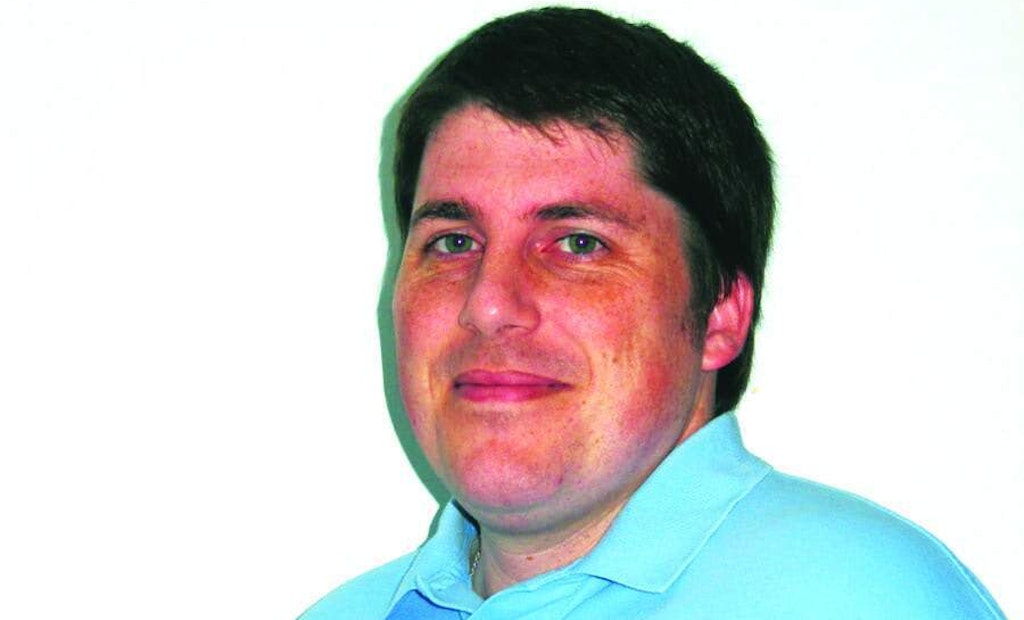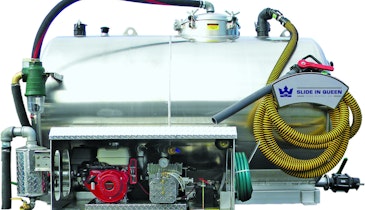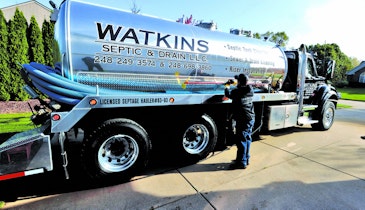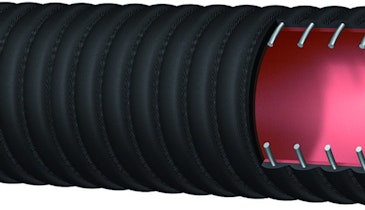It’s been more than 20 years since the state of Virginia fully revised its onsite rules, and it’s time to do it again. To find out more, Pumper talked to Lance Gregory, director for the Division of Onsite Water and Wastewater Services at the Virginia Department of Health.
Pumper: It’s really been 20 years since your last revision of the code?
Gregory: The last complete revision of the regulations was done in 2000, but there have been some minor changes over the years. We have a fast-track amendment process for things that are noncontroversial, and we just did a fast-track amendment in November that added some criteria for pad designs and clarified some things with pumps that are integral to a treatment unit.
Pumper: Did you have any fast-track amendments for advanced treatment units?
Gregory: We have a separate set of regulations for alternative onsite sewage systems (that’s the term we use in Virginia for advanced treatment units), and we promulgated regulations for those in 2011. That included requirements for operations and maintenance, and reporting of operations and maintenance to the health department. It also incorporated a 50% total nitrogen reduction requirement for alternative systems when they’re in the Chesapeake Bay watershed, which covers a fairly large portion of our state.
Pumper: What are you envisioning with this code overhaul?
Gregory: It really is a complete opening of the regulations, making sure we’re keeping up with current industry practices, resolving any inconsistencies we have between regulations or policies, or with regulations at sister agencies — really just trying to bring our regulations up to speed with all the changes that have happened in the industry over the last 23 years.
Pumper: What’s the process for revisions?
Gregory:The first step we took was to have work group meetings last year. We have seven different work groups that are splitting up the different sections of the regulations for discussion. Each group met four or five times to start giving us feedback on what changes we might make.
The next step is to submit a notice of intended regulatory action. This year we’ll pull those work groups back together to start actually putting together some proposed revisions so that once that notice of intended regulatory action process closes, we can move pretty quickly to submit proposed regulations.
Pumper: How long will revision take?
Gregory: The hope would be to have proposed language in place by the end of this year. Then that proposed language has to go through a comment period. Then you have to go through a final adoption process. We’re probably looking at a solid two more years to finish.
Pumper: Coastal flooding has pushed some onsite tanks out of the ground in Virginia, so are you looking at specific regulations related to climate change?
Gregory: Legislation in 2021 gave the Virginia Department of Health authority to incorporate considerations for the impact of climate change in our onsite sewage system regulations. One of the work group subgroups is focused specifically on the issue of climate change, so we do anticipate some revisions centered on that.
Pumper: So you’re not at a point of saying, for example, we’re going to eliminate onsite systems in some places?
Gregory: Right. We’ve got a ways to go. The goal is how we ensure protection of health for homeowners. Right now our separation distances for conventional systems are the same as for alternative systems, so could we reduce or modify those setbacks if you have an alternative system? That’s been the focus: What are the mechanisms to ensure people have a safe means of sewage disposal even as climate change impacts may be coming to them?
Pumper: What’s your minimum separation from groundwater at the moment?
Gregory: For a conventional system it’s 18 inches of vertical separation. We reduce that in other treated-effluent standards. We have TL2 — which is similar to NSF 40 — with a 12-inch separation. For TL3 we have 10 mg/L BOD and 10 mg/L TSS, and if you have a system meeting that you can be separated by 6 inches. We also have a zero-inch standoff.
Pumper: Zero inches to groundwater seems unusual. Why do you have that?
Gregory: There are some properties with water at or very near the ground surface, and our direct dispersal of effluent to groundwater standard provides another option for designs on those properties. It also helps to address repairs on sites with older systems. The way we look at soils today is a lot different than the way we looked at them 30, 40 years ago. We have a lot of systems with very shallow separation to the water table, or often in the water table for a short period of time. So when you go in to repair those sites, you effectively have a zero-inch standoff and need some mechanism for repairing those systems.
Pumper: Aside from the coast, what’s the state of onsite systems in the rest of Virginia?
Gregory: We estimate there are about 1.1 million onsite systems in Virginia, and about half of those — based on U.S. Census data — are about 40 years old or older. Thinking about the average lifespan of a septic system, something that’s 40 years old is either at the end of its life or getting close to it.
Pumper: Do you have requirements for inspections at the time of property sales, or something like that to monitor older systems?
Gregory: The only ongoing monitoring requirements we have are for alternative systems. They have to have a maintenance report submitted once a year, and more frequently if it’s a larger, non-residential system. If you’re within the Chesapeake Bay Preservation Area, essentially east of Interstate 95, those areas must do pumpouts every five years.
Pumper: Do you have any last thoughts?
Gregory: I would encourage people to participate in this process. All of our regulatory revisions and proposals ultimately run through our Sewage Handling and Disposal Advisory Committee — that’s SHADAC. Those are public meetings. They’re posted on Town Hall Virginia (www.townhall.virginia.gov/) as are meetings of the subgroups when we hold those. It’s much better for us to get feedback now than a year and a half from now when we think we have a final regulation, and somebody raises a problem that we hadn’t considered.






